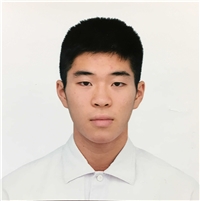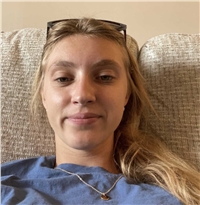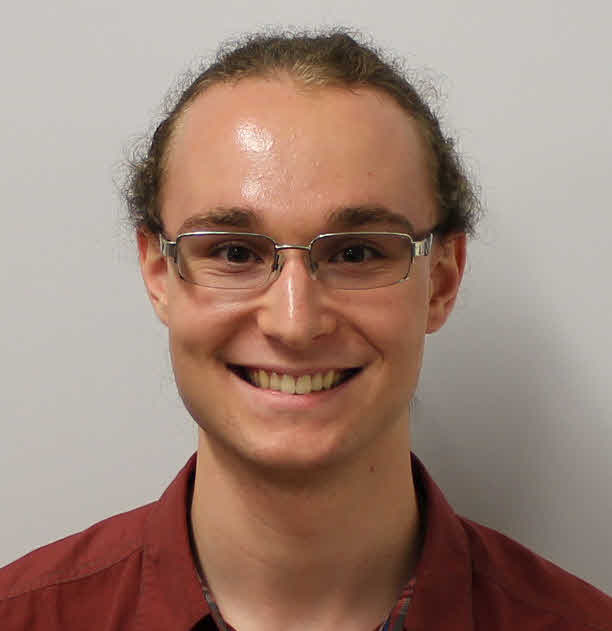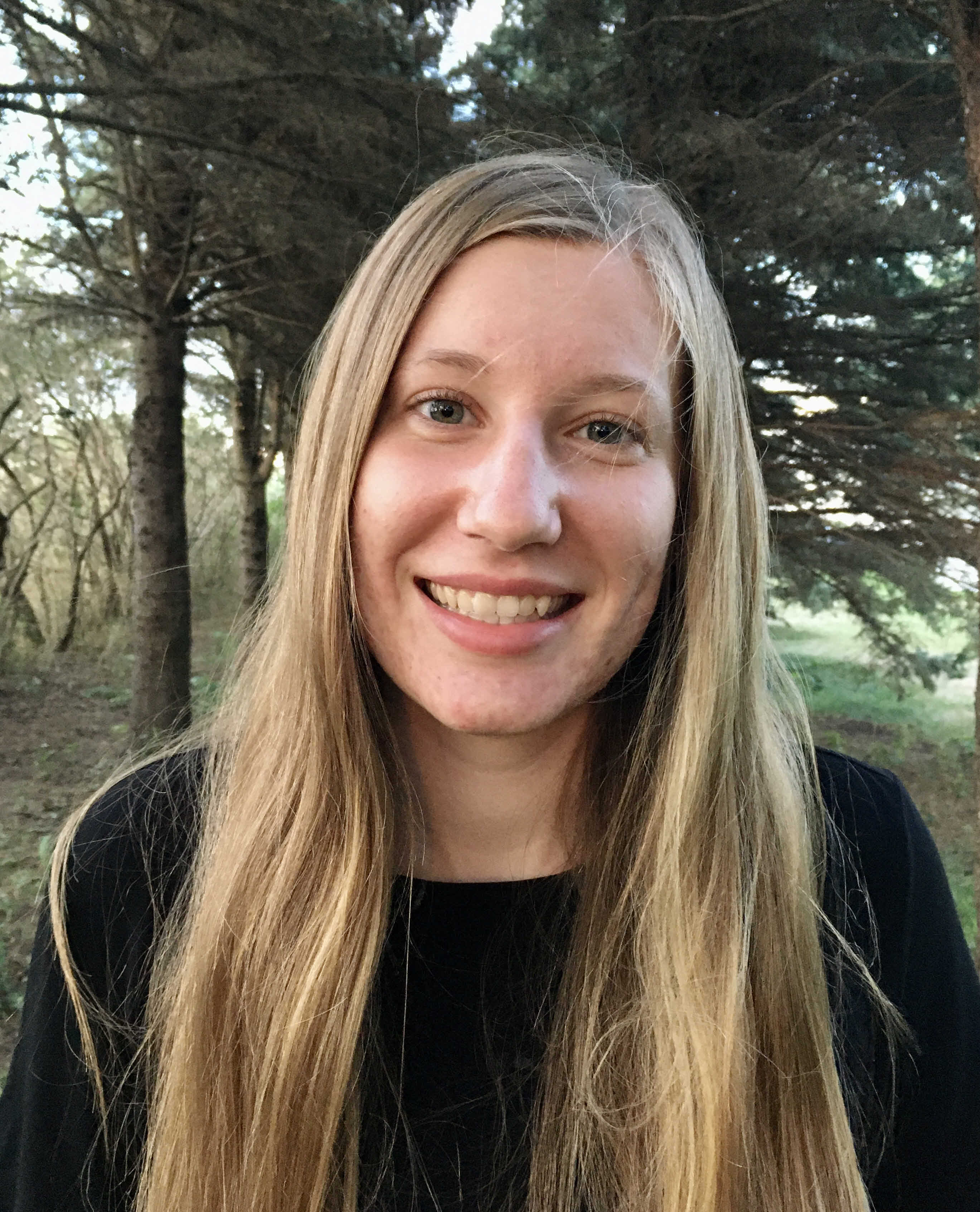Below is a summary of the abstract you submitted. Presenting author(s) is shown in bold.
If any changes need to be made, you can modify the abstract or change the authors.
You can also download a .docx version of this abstract.
If there are any problems, please email Dan at dar78@pitt.edu and he'll take care of them!
This abstract was last modified on March 20, 2023 at 1:21 p.m..

We isolated and purified Tedro and BAjuniper which infect the host Microbacterium foliorium. Tedro is a lytic, cluster EF phage isolated from soil collected in Hawarden, Iowa. Its genome is 56,197 bp long, circularly permuted, and includes 83 protein-coding genes and no tRNA genes. We are examining two of Tedro’s genes, genes 56 and 57, both of which are predicted to encode a DnaE-like DNA polymerase III (alpha) in more detail. Tedro_57 is twice as large as Tedro_56 so we are using additional bioinformatic tools to understand these genes. BAjuniper was isolated from soil collected in a garden in Orange City, Iowa. Its genome is 41,985 bp long. It was assigned to cluster EB. BAjuniper’s genome includes one tRNA gene and we will finalize BAjuniper’s annotation shortly.





















